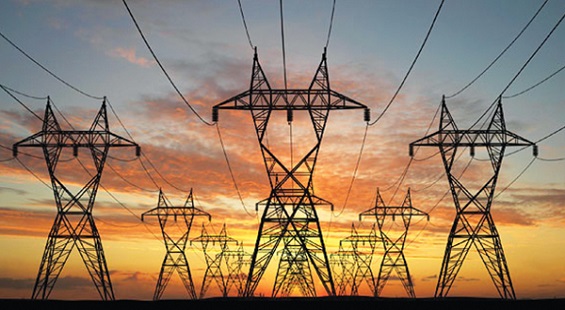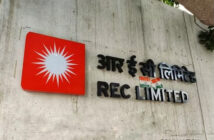Stopping short of making a clear recommendation on how the transmission system for the planned renewable energy projects in Ladakh should be awarded for development, the national committee on transmission (NCT) has asked the Union power ministry to take a final call on whether to follow the regulated tariff mechanism (RTM) or to choose the tariff based competitive bidding (TBCB) route.
At September price levels, the estimated cost of the transmission system is Rs 26,966.5 crore which can evacuate power from 9,000 mega-watt (MW) of solar and 4,000 MW of wind plants, along with 12 giga-watt-hour (GWh) battery energy storage system (BESS) capacities at the planned renewable energy parks in the area.
RTM is a cost-plus model where projects are executed under the supervision of state-run Power Grid Corporation of India, while TBCB projects — for which private companies can also bid — are awarded to the lowest bidders under a build, own, operate and maintain model. The NCT, which was constituted by the power ministry to identify inter-state transmission projects to be developed through competitive bidding, had met in early-December, 2021 to decide on the mode of implementation of the Ladakh line.The NCT opined that while TBCB may lead to discovering of a competitive price, the final decision should also take into account that the project involves “substantial amount of Government of India grant” and requires infrastructure work in Ladakh, which is considered strategically a sensitive area. It said that if the project is awarded through TBCB route, all parameters such as design and transmission route would be required to be frozen before bidding out of the scheme, and “it would be very difficult to freeze these inputs in advance”.
In a meeting held under the chairmanship of Union power minister R K Singh on November 15, it was decided that the ministry of new and renewable energy would move a proposal for providing central grant for development of the 480 kilometres of power line of 5,000 MW capacity between Pang, Ladakh and Kaithal, Haryana as part of the green energy corridor. The transmission system would interconnect the planned renewable energy parks in the area and also include a 1 GhW BESS at Pang, which would mainly be utilised to keep the transmission line charged during non-solar hours. Another 11 GWh of BESS would also be installed as a part of renewable energy generation projects in the area.
Union power minister RK Singh recently reviewed the implementation of renewable energy projects in Ladakh along with its evacuation plan.
Singh sought the support of RK Mathur, the Lieutenant Governor of Ladakh, to sort out the land issues in setting up the project at identified areas of Pang in the Union Territory. It was decided that 20,000 acres of land at Pang would be provided immediately by Ladakh for setting the project, while availability of other 20,000 acres of land would be explored based on inputs provided by the Solar Energy Corporation of India.





